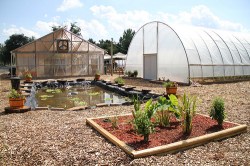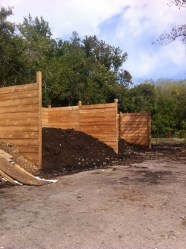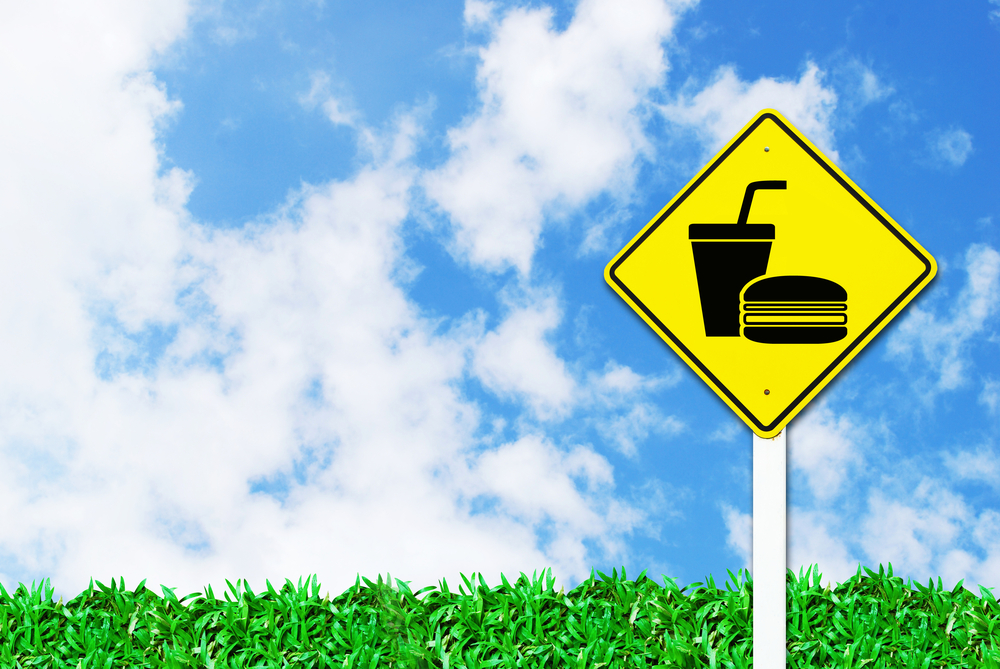
Cleveland’s Rid-All Urban Farm. (Photo by Brad Masi.)
This past weekend, I traveled to Cleveland to attend the eighth International Public Markets Conference, presented by the Project for Public Spaces. The three-day conference is geared primarily toward practitioners — farmers market managers, food hub facilitators, public policy figures, community advocates — designed as a group-think on how to catalyze urban growth and cohesion through vibrant marketplaces.
Cleveland was a natural choice for this gathering, as some of its most notable economic and cultural nodes revolve around food and agriculture. The city’s publicly owned West Side Market is probably the best known and most established node in the network, consuming several blocks in the up-and-coming Ohio City neighborhood. After 100 years of operation, people still pack into the massive hall each day to grab lunch from one of the prepared-food stalls, ingredients for dinner, baked goods, or fresh produce. It’s a great example of market-as-tourist attraction. Visitors come just to stand in the mezzanine and watch the buzz.
I had been to the West Side Market a couple of years ago, so I was excited to check out what else makes up Cleveland’s food economy. After an opening day of presentations and discussion sessions among the attendees, the second day’s program got us out of our seats and onto tour buses to explore the food hubs of the city and surrounding region.
My tour featured a few rural sites out in Wooster, Ohio, including a farmers market populated in part by the Amish community, and a relatively new member-run cooperative food store called Local Roots, which might be the most hyper-local grocery I’ve seen. The market operates on a “no minimum quantity” policy for sellers, meaning you could bake a batch of cookies and sell them through the store, provided you live nearby and your ingredients are local.
Intermittent rain kept us running back to the bus after each brief visit, but at the end of the day, we finally got a hearty dose of sun, just in time to stand outside and take in the awe-inspiring mountain range of compost piles that lines of edge of Rid-All Urban Farm. Someone in the group raised her hand: “Why is it called ‘Rid-All’?” she asked. “It sounds like a pesticide.”
The farm founders laughed and one, Damien Forshe, answered. She’s right, in a sense. Forshe founded Rid-All Corporation, an extermination company, 15 years ago. But the farm where we’re standing is called Rid-All Green Partnership, so named because Forshe’s company supplied the majority of the funds required to launch this enterprise early last year. “Now,” says Forshe, “Rid-All stands for ‘redeem integrity and determination for all mankind’.”
Forshe and two of his childhood friends, Randell McShepard and Keymah Durden, co-founded this farm in the Kinsman neighborhood, not far from where they grew up. When they came upon the site, they say, the garbage that had been dumped there towered so high it was impossible to see the train that passes every few minutes up the slope nearby.

The compost piles at Rid-All. (Photo by Sarah Rich.)
Now, instead of trash heaps, there are compost mounds the size of small buildings, maintained in such balance that all you can smell when the breeze picks up are wood chips. Following in the model of Will Allen’s Growing Power farm in Milwaukee, Wis., Rid-All uses red wiggler worms to break down the tens of thousands of pounds of municipal food waste and other organic matter that gets delivered here each week. The compost they produce is the farm’s dominant source of revenue.
But despite their astonishing size, the piles are not the main visual attraction here. Rid-All’s urban acre holds several enormous hoop houses and greenhouses, inside of which the farmers are experimenting with numerous agricultural innovations. We’re escorted into one structure filled with two-tier aquaponic tanks, which hold tilapia on the bottom, and sprout tomatoes on top. The closed-loop system uses the fish waste to fertilize the plants, and the plants to clean the water.
This is another process being employed at Will Allen’s farm, learned by the Cleveland team during a five-month training they underwent at Growing Power. Rid-All is now one of Allen’s official regional outreach training centers, and it is part of their duty as partners to continue pushing the envelope on what’s possible on a city lot.
The farmers open another hoophouse for us to check out, but the insulation is so effective that it’s too stifling hot to stand inside. We stand instead by a rain catchment pond covered with an electric-green layer of duckweed, the primary source of food for the tilapia inside.
Perhaps the most amazing thing about the Rid-All operation is that 14 months ago, none of this was here. The founders raised the funds, cleared the land, built the structures, and cultivated all of this food in just over a year. Now the site is the anchor for what will soon be a 26-acre Urban Agriculture Innovation Zone in this section of Cleveland known as the Forgotten Triangle.
The founders of Rid-All and the lead developer, Timothy Tramble, envision the Innovation Zone as an engine for job creation and youth education. One of their great tools for reaching the potential beneficiaries of those efforts is a 12-part series of comic books illustrated by a young Cleveland artist named Martinez Garcias, who was once an employee of Forshe’s extermination operation. Garcias created Brink City: Green in the Ghetto as a platform for addressing urban issues and youth struggles. In it, the dynamic leaders of Rid-All Green Partnerships become characters, delivering social and environmental justice to their community. It’s a fantastical depiction, but the narrative isn’t fictional at all.



